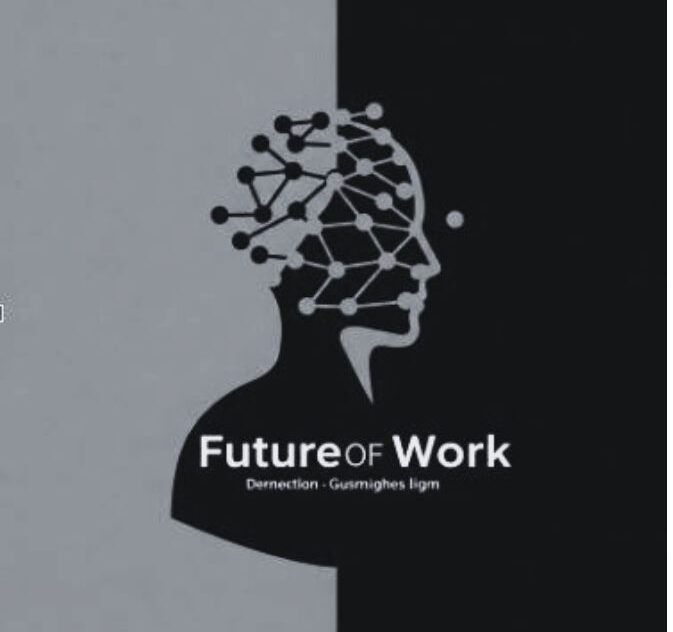As we navigate the evolving landscape of work in 2025, several trends are poised to redefine how organizations operate and how employees engage with their workplaces. The push for full-time office returns, however, seems increasingly out of sync with these emerging dynamics. Here, we explore five key trends that will shape the future of work, discuss why mandating a full-time return to the office is a waste of time, money, and resources, and provide examples of resource waste in full-time office settings. Additionally, we offer tips on managing productivity while working remotely.
1. Integration of AI and Automation
The integration of artificial intelligence (AI) and automation is transforming workplaces by enhancing efficiency and changing job roles. AI-powered tools automate repetitive tasks, allowing employees to focus on strategic and creative work. This trend underscores the need for upskilling and reskilling, as nearly 40% of existing skills could become outdated by 2030. In this context, mandating full-time office attendance does not address the core challenges of technological adaptation and workforce development.
2. Focus on Employee Well-being and Engagement
Employee well-being and engagement are becoming central to organizational success. As mental health concerns rise, employers are prioritizing resources and flexible work arrangements to support employees’ mental health needs. Full-time office returns often exacerbate stress and reduce flexibility, contradicting this trend.
3. Diversity, Equity, and Inclusion (DEI)
Promoting DEI is crucial for fostering innovation and better decision-making. Full-time office mandates can limit access to a diverse talent pool by excluding individuals with caregiving responsibilities or those living in remote areas. This approach undermines efforts to create inclusive workplaces.
4. Rise of Hybrid Work Models
Hybrid work models offer a balance between in-office collaboration and remote productivity. Many employees report higher productivity while working from home, especially remote workers. The financial burden of commuting and maintaining office spaces is substantial, with workers spending an average of $51 per day on expenses related to office work. Hybrid models can mitigate these costs while preserving the benefits of in-person interaction.
5. Economic and Environmental Sustainability
The economic and environmental costs of full-time office returns are significant. Beyond the financial strain on employees, maintaining large office spaces contributes to higher overhead costs for businesses, including rent, utilities, and supplies. In an era emphasizing sustainability and cost efficiency, mandating full-time office attendance seems counterintuitive.
Examples of Resource Waste in Full-Time Office Settings
Non-Attendance of Meetings: Often, meetings are booked and then not attended, wasting valuable time and resources. Implementing meeting room booking systems linked to employee calendars can help mitigate this issue.
Over-Ordering of Catering Items: Ordering unnecessary refreshments for meetings results in wasted food and resources. Charging departments for these expenses can discourage over-ordering.
Over-Use of Printers: Excessive printing is both economically and environmentally wasteful. Digitizing processes and implementing clear desk policies can reduce paper waste.
Unused Office Space: Maintaining personal desks for every employee is unnecessary, especially with desk-sharing models becoming more common.
Tips for Managing Productivity Remotely
- Create a Dedicated Workspace: Designate a specific area for work to maintain focus and separate work from personal life.
- Set Clear Expectations and Routines: Establish a structured workday with clear goals and regular check-ins to maintain productivity and accountability.
- Automate Simple Tasks: Use tools like Zapier or IFTTT to automate repetitive tasks, freeing up time for more strategic work.
- Communicate Asynchronously: Use tools like Slack or Loom for asynchronous communication to reduce interruptions and enhance collaboration.
The future of work is being shaped by technological advancements, employee well-being, diversity, hybrid work models, and sustainability. Mandating a full-time return to the office not only fails to address these trends but also wastes time, money, and resources. As organizations strive to remain competitive and innovative, embracing flexible and inclusive work models will be crucial for success in the evolving global workforce landscape.






